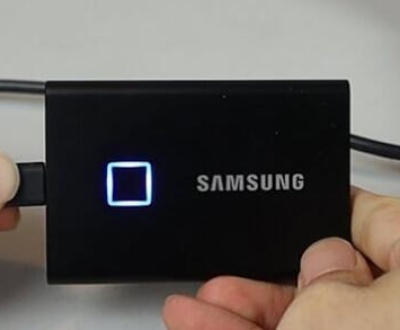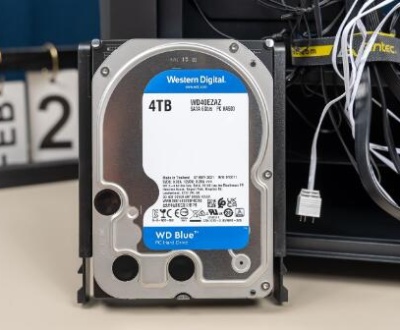1. Introduction
External hard drives are versatile tools for data storage, often divided into multiple partitions. While partitions can help organize files, there are instances when you may want to remove a partition to reclaim space or reorganize your data.
2. Partitions
What is a Partition?
A partition is a division of a hard drive into separate sections, each of which can be managed independently. Partitions can be used to run multiple operating systems, organize data, or create dedicated areas for specific file types.
Reasons for Removing a Partition
Space Reallocation: To combine partitions for more available space.
Data Organization: To simplify your file system by reducing the number of partitions.
Drive Repurposing: When changing the use of the external drive.

3. Backup Your Data
Importance of Data Backup
Before making any changes to your partitions, it’s crucial to back up your data. Removing a partition can lead to data loss if not done correctly.
How to Backup Data
Copy Files: Manually copy files to another location on your computer or to another storage device.
Use Backup Software: Consider using software like Acronis True Image or Windows Backup and Restore.
4. Tools Required
Disk Management (Windows)
Windows includes a built-in Disk Management tool that allows users to manage disks and partitions.
Disk Utility (Mac)
Mac users can utilize the Disk Utility application to manage disks and partitions.
Third-Party Software
Software such as EaseUS Partition Master or MiniTool Partition Wizard can also be used for advanced partition management.
5. Removing a Partition on Windows
Step-by-Step Guide
Connect the External Hard Drive: Ensure your external hard drive is connected to your computer.
Open Disk Management:
Right-click on the Start button and select “Disk Management.”
Locate the External Hard Drive: Find your external hard drive in the list of disks.
Right-Click the Partition: Locate the partition you want to remove, right-click it, and select “Delete Volume.”
Confirm Deletion: A warning will appear stating that this will erase all data on the partition. Confirm the action.
Partition Removal Completed: The space previously occupied by the partition will now be marked as “Unallocated.”
Reallocate Space (Optional): You can choose to create a new partition in this unallocated space or extend an existing partition.
6. Removing a Partition on Mac
Step-by-Step Guide
Connect the External Hard Drive: Ensure your external hard drive is connected to your Mac.
Open Disk Utility:
Go to Applications > Utilities > Disk Utility.
Select the External Hard Drive: Click on your external hard drive in the sidebar.
Click on Partition: In the top menu, select “Partition.”
Select the Partition to Remove: Click on the partition you wish to delete.
Click the Minus Sign (-): This will remove the selected partition.
Apply Changes: Click “Apply” to confirm the changes.
Confirm Deletion: A prompt will ask you to confirm the deletion. Once confirmed, the partition will be removed.
7. Post-Partition Removal Steps
Reformatting the Drive
After removing a partition, you may want to reformat the drive to ensure it is clean and ready for use.
In Disk Management: Right-click the unallocated space and select “New Simple Volume.”
Follow the Wizard: Complete the wizard to format the drive.
Creating a New Partition
You can also create a new partition using the unallocated space.
Right-click Unallocated Space: In Disk Management, right-click the unallocated space and select “New Simple Volume.”
Follow the Wizard: Complete the wizard to set up the new partition.
8. Troubleshooting Common Issues
Partition Not Deleting: Ensure no files are open on the partition.
Drive Not Recognized: Check the connection and ensure the drive is powered on.
Data Loss Concerns: Always have backups before making changes.
Removing a partition from an external hard drive is a straightforward process when approached correctly. Always prioritize data backup and use the right tools for your operating system. Whether using built-in tools or third-party software, following these steps will help you manage your partitions effectively.
About us and this blog
Panda Assistant is built on the latest data recovery algorithms, ensuring that no file is too damaged, too lost, or too corrupted to be recovered.
Request a free quote
We believe that data recovery shouldn’t be a daunting task. That’s why we’ve designed Panda Assistant to be as easy to use as it is powerful. With a few clicks, you can initiate a scan, preview recoverable files, and restore your data all within a matter of minutes.
Subscribe to our newsletter!
More from our blog
See all postsRecent Posts
- How to recover deleted voicemail samsung? 2025-04-22
- Samsung portable ssd t5 online recovery 2025-04-22
- Fix western digital external hard drive 2025-04-22

 Try lt Free
Try lt Free Recovery success rate of up to
Recovery success rate of up to









